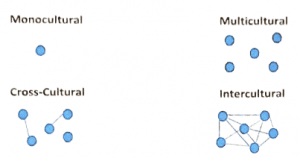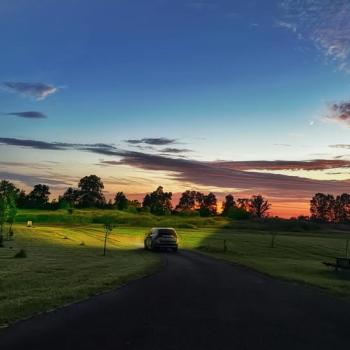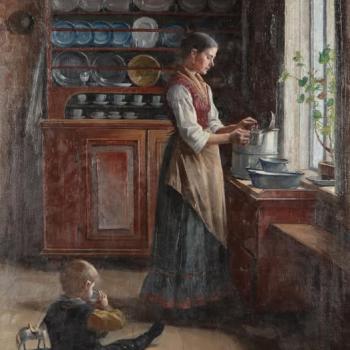Yesterday we continued to explore liturgy at the North American Academy of Liturgy. I’ve included some highlights from my seminar which is “Exploring Contemporary & Alternative Worship”
“Exploring Contemporary & Alternative Worship” Session 1
Taylor Burton Edwards – “Shame in the CCLI Top 100”
This is the third year Taylor Burton Edwards has presented on his work looking at the CCLI. This year we took some time to look at “shame.” I found it completely fascinating and very helpful. Here are some highlights from the presentation:
- Taylor Burton Edwards started with a grounding the concept of shame from a stance of empathy that we can all relate to. We all have experienced shame and can’t escape it.
- Shame is rooted is a social status that is perceived as lower. Jesus takes on shame. He meets people at the bottom of the social hierarchy. Taking on our shame.
- We explored the concept of shame in 19th-century hymnody; where people sang about joining Jesus in his shame… joining him in the lowest social position. He bowed down and so we bow down.
- We then reviewed this talk by Brene Brown
ted.com/talks/brene_br - shame is not guilt It’s not thinking you did something bad It’s believing you ARE bad it’s rooted in the question: who do you think you are? and the belief that you’re not good enough.
- There is no cure for shame, but there is an antidote: Empathy Empathy can help to detoxify the venom of isolation that shame brings with it.
- When looking at some contemporary songs Dr. Edwards notices that when older hymns are adapted the concept of shame disappears. No longer do we talk about Christ as an antidote for shame; but instead a cure.
-
With this shift, there is a loss in the call for us to follow the example of Christ to join empathetically with those who experience shame; to dwell in solidarity with those on the bottom of our social hierarchies.
-
We then went through all the usage of shame in the CCLI top 100. In most of the songs, shame is not taken particularly seriously as a differentiated concept. Often it’s used as vaguely bad thing that is used because it rhymes with “name.”
- In places where it’s taken seriously as a concept, he notices some differences in the way shame is talked about. Male-led songs talk about God “breaking” shame Female-led songs talk about Jesus’ name as a solution to shame.
Emily Snyder Andrews – “The Worship-Rooted Lifestyle: Exploring Evangelical Ethics at Bethel Church at Redding California”
In session two of the “Exploring Contemporary & Alternative Worship Seminar” at #NAAL2020 we listened to Emily Snider Andrews talk about her research of Bethel. This time she is focusing on Ethics.
- She shares all about the “Bethel Effect” that has taken place in Redding, CA Bethel believes that helping renew their community is an extension of their worship. They have served in their community in many ways and this has had a significant impact on the life of the city.
- At the same time, they have engaged in the promotion of their ethics in the promotion of a conservative political agenda. This is also seen as an extension of their life of worship.
- In all of this Bethel Church believes that cultivating culture is the natural extension to a lifestyle of worship that impacts every area of life. This orients it’s 11,000+ members towards “Christian living”
- Dr. Andrews than highlights that “Christian living” is not really well defined. This can create problems. When compassionate care of the poor is situated in a context of conservative ideology and is promoted through a message of prosperity by wealthy white & powerful individuals.
- She mentions that there seems to be competing narratives and a tension in motivating factors. The community lives in the tension between intrinsic generational and cultural divides on what faithfulness looks like in the public arena.
Field Trip to the King Center
At mid-day, the whole academy took a trip to the King Center and participated in mid-day prayer at Our Lady of Lourdes. I found the experience moving. We were able to visit King’s birth home as well as the Church where his Grandfather, Father and himself served. It was a palpable reminder of the call to ensure all people are given access to liturgy.
I was struck that within those walls, a modern prophet and martyr found his call and his voice. A potent reminder of the power a church can have to form people who use their gifting and calling for lives of significance and service.
“Exploring Contemporary & Alternative Worship” Session 2
Swee Hong Lim
“Exploring Contemporary & Alternative Worship” Session 2 at #NAAL2020 started with a presentation from Swee Hong Lim on waves of music of Contemporary Worship in the Chinese Language
-
He contextualizes the development of Chinese language contemporary worship music into three waves.
-
In the first wave, English Songs came into Chinese language groups through missions to China and the melodies remained the same but the lyrics were changed. 80% of the worship music remains in this vein.
-
In the second wave, there was an influx of immigrants to North America that maintained strong ties to the Homeland. Both the melodies and the lyrics were Asian, but the instrumentation was western. This becomes popular in the 1980s and 1990s
-
Things begin to change in 1996 when the children of the immigrants come of age. Music geared towards the Asian market begins to be developed by this Generation. This is exemplified by “Streams of Praise” which is based in LA and is rapidly expanding into all Chinese markets
- This music is a hybrid. It incorporates both Western and Chinese instrumentation and melodies. It also incorporates more strings, often having children play in the orchestra.
- Interestingly Swee Hong Lim mentions that North American Audiences tend to prefer flower more contemplative music. The Asian markets tend to be younger and like higher energy music.
- The culture of North American Churches still remains connected to the homeland. The American Chinese language Churches tend to be decades behind the mainland however; because of the strong desire to stay connected to the heritage of the community left behind.
- This presentation was so helpful in opening my eyes to the world of Contemporary Worship in the Chinese language.
Haejung Park
The words “eat me and drink me” were presented on screens as people approached to receive communion. The experience was stunning to watch on video. Haejung mentioned this one was the most controversial Younger generations loved it but older generations were highly critical
“Exploring Contemporary & Alternative Worship” Session 3
Jim Marriott
Session three of the “Contemporary and Alternative” seminar began with Jim Marriott of Concordia Seminary who offered us “Disrupting the Dichotomy: How Intercultural Music Changes the Contemporary/Traditional Conversation.”













